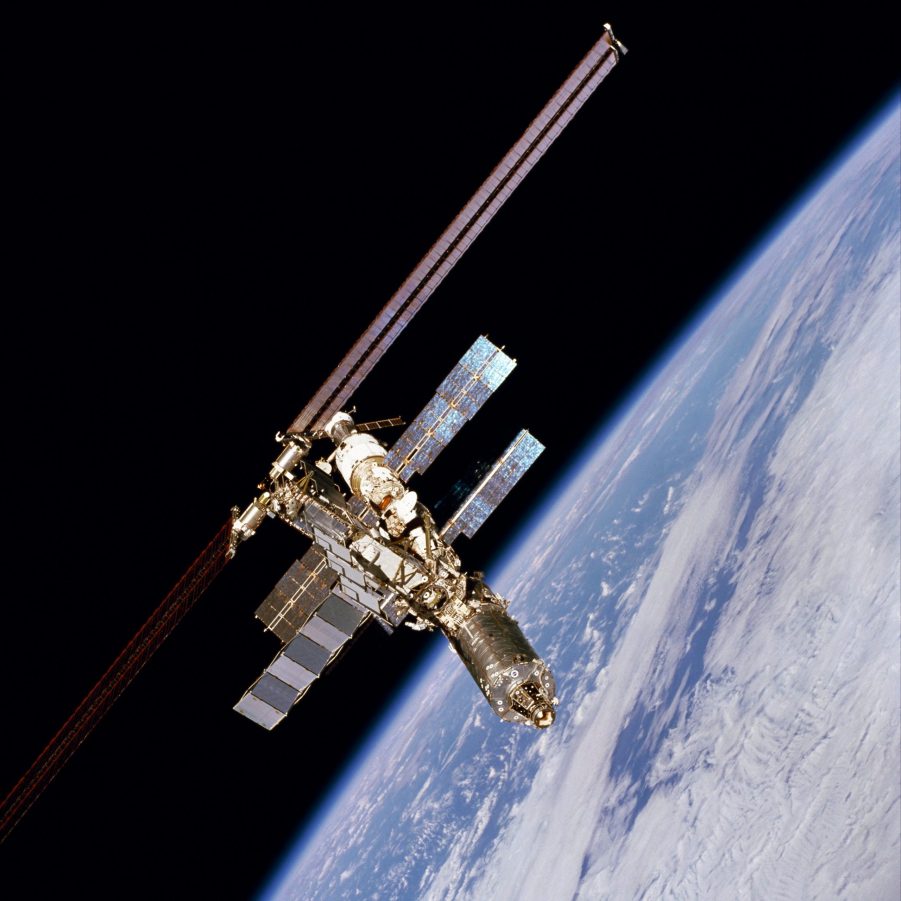
Is the International Space Station Actually a Good Investment?
The International Space Station was launched on November 20th, 1998. And since then, it eats up about $4 billion a year to keep the ISS floating through space. But to some, investing in this space station has been nothing but a waste of money for over 20 years. So what experiments have been performed on the ISS, and are they worth the expense?

How much does the ISS cost?
Over its 20+ years in orbit, the international space station costs over $150 billion to develop, making it the most expensive thing ever built. Currently, it costs $88,000 to $164,000 per person per day to operate things. And with seven people on board the ISS, it costs around $616,000 to $1.2 million per day. Most of the money sunk into the space station is fronted by NASA, but other nations such as Russia, Europe, Japan, and Canada all chip in.
Those high costs have been the topic of debate in congress since the space station first launched. In fact, there were plans to retire the ISS in 2000, much earlier than expected. The only saving grace for the station was to shift it toward commercial use. In other words, commercial space colonization has been on the table since the 90s.
Unfortunately, using the International Space Station for commercial purposes hasn’t taken off (quite literally). Elon Musk and SpaceX are close, sending a manned mission to the ISS for the first time back in April, and other cargo missions to the ISS. But these weren’t private endeavors, as all four of the crew members were trained astronauts, and they’re on the space station to perform scientific research. Likewise, the cargo was all sent for feeding said astronauts, and performing experiments.
What does the ISS research?

Astronauts have performed over 3,000 experiments onboard the International Space Station to understand zero-gravity’s effects over long periods of time. NASA highlights the areas of research, which range from the smallest cells to the earth itself.
One of the more crucial areas of research has to do with humans. The development and growth of our bodies is vastly different in the ISS’s zero-gravity environment than it is on earth. And if we’re going to send manned missions to Mars, we must know how our body reacts to zero gravity.
While it wasn’t onboard the International Space Station, Valeri Vladimirovich Polyakov set the record for most consecutive days in space. He spent 437 consecutive days on board the Mir Space station, which launched in 1986. However, that station was sent to burn up in the earth’s atmosphere in 2001.
Astronauts living on the ISS also research the Earth, taking photographs and using satellites to compile data on glaciers and coral reefs. Technologies are also sent to the ISS for testing. Most recently, a human-like robot arm was sent, which could perform dangerous tasks.
But some scientists don’t see that as enough. The Guardian spoke to Sir Martin Rees, a British astronaut, who explained, “the scientific returns have been meager. We have learned a bit about how the body reacts to spending long periods in space, and we have grown a few crystals in zero-gravity, but that is in no way commensurate to the tens of billions of dollars that have been spent on the ISS.”
And while that may be true, there might be more to the International Space Station than just scientific research.
The International Space Station may be more symbolic than anything

Think of it this way: the ISS cost $100 billion to get into space in the first place. And it required efforts from America, Europe, Japan, and Russia, who’ve all been to war in some capacity. But in terms of space, the final frontier, nations seem to unify. In fact, if aliens were to attack right now, the US and Russian governments would join forces to repel the attack.
But there’s even more to it than international collaboration. The International Space Station proves it’s possible for humans, no matter where they’re from, to call space home. Even if it’s for a year or so, spending that amount of time away from earth is no easy feat. But it’s possible, and it’s paving the way for more long-term missions in the future.
Some may see it as a 23-year-old piece of space junk, costing half of NASA’s annual budget just to keep running. But the astronauts who’ve experienced life on the ISS, while performing scientific experiments, see it as a starting point for more manned missions to other planets in the somewhat near future.
RELATED: Discoveries on Mars and Titan May Hold the Key to Safer Space Travel


